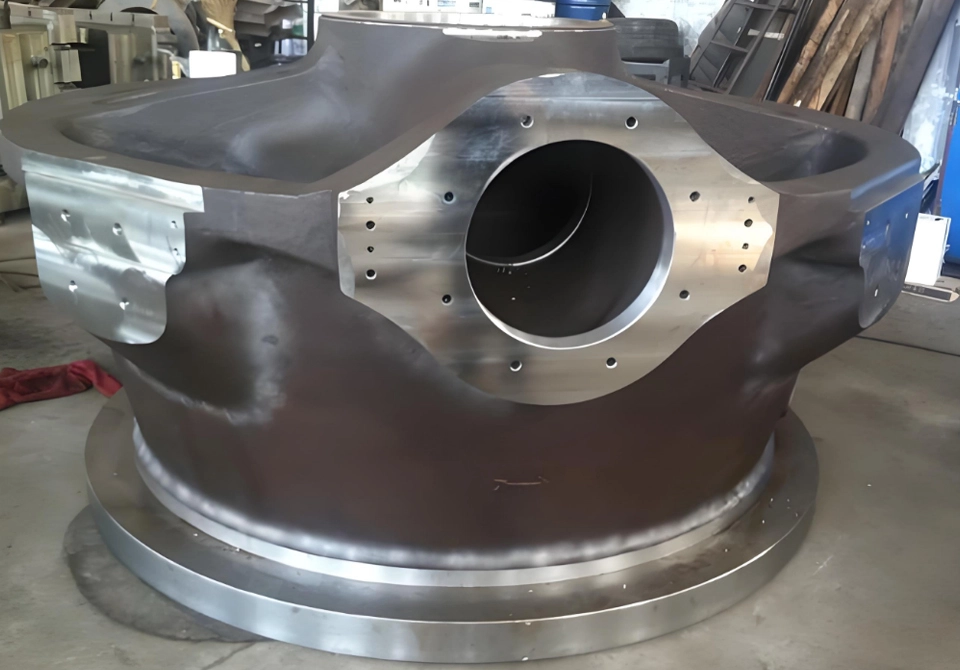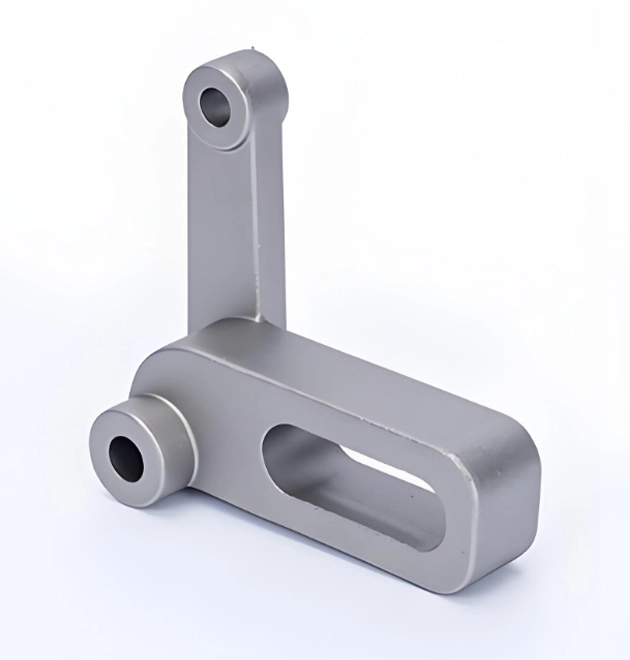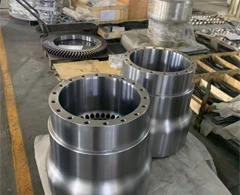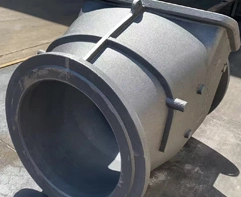Processing Characteristics of Carbon Steel Castings
Carbon steel castings (with a carbon content of 0.1% -0.5%) have moderate to high machinability, combining cutting efficiency and cost advantages:
Machinability:
Low and medium carbon steel (such as ASTM 1020/1045) are easy to cut, while high carbon steel requires reduced cutting speed (recommended for hard alloy cutting tools) to avoid sticking and excessive wear.
Heat treatment effects:
Normalization or annealing can refine grain size and improve cutting surface smoothness; After quenching, the hardness is high (>50 HRC) and requires grinding or electrical discharge machining.
Weldability:
Low carbon steel has good weldability, but high carbon steel needs to be preheated and cooled slowly after welding to prevent cold cracking.
Cooling and lubrication:
Adequate coolant is required to reduce thermal deformation and extend tool life.
Surface treatment:
It is prone to oxidation and rust after processing, and often requires galvanizing, phosphating, or coating with a protective layer.
Defect control:
Internal porosity and slag inclusion in castings may cause tool breakage, and pre inspection and positioning are required.
Carbon steel castings are widely used in high-precision and load-bearing components such as valves and gears due to their high strength, toughness, and process flexibility.
 EN
EN





